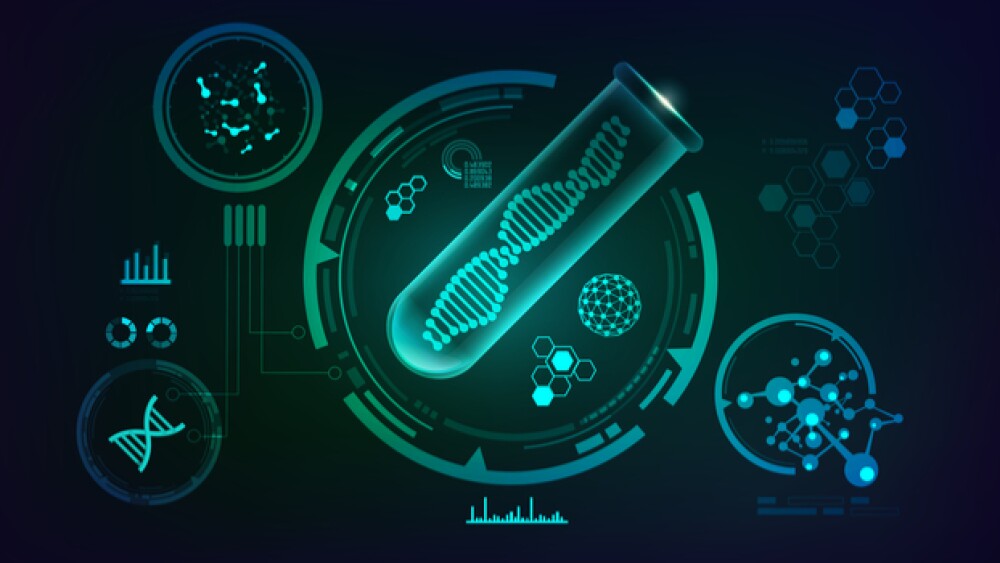A recent survey by the Pew Research Center found that 57 percent of Americans surveyed thought it was appropriate to use genetically engineered animals to grow organs for human transplants.
A recent survey by the Pew Research Center found that 57 percent of Americans surveyed thought it was appropriate to use genetically engineered animals to grow organs for human transplants. However, 41 percent said they thought that was going too far. It’s possible, that with modern developments in 3D printing and other technologies, it won’t be necessary.
The Pew Research Center says, “The findings are part of a larger pattern that reveals Americans are more likely to support the bioengineering of animals if it benefits human health.”
Pew points out that in 2017, more organ transplants were performed than ever in the U.S., and organs were recovered from more than 10,000 donors, an increase of more than 25 percent over the past decade. The increase is largely attributed to breakthroughs in medical technology that have made it possible to harvest organs that were previously found to be unsuitable.
Based on individual responses, the objections had to do with the ethics of using animals in a “factory-like” manner, comparing it to how they are treated for food sourcing. One individual stated, “When you mix human and non-human genetics I believe that will cause extreme problems down the road.”
Researchers, however, are working on different approaches. One is 3D bioprinting. Typical 3D printing uses carbon fiber as a source material, but there are examples of 3D printing using biological source materials to create biologically-active or interactive materials.
In June 2018, France-based Poietis, along with another company, Prometheus, a division of Skeletal Tissue Engineering in Leuven, Belgium, signed a two-year Collaborative Research Agreement to develop high-precision 3D Bioprinting of tissue engineered Advanced Therapeutic Medicinal Products (ATMPs) for skeletal regeneration.
On September 19, 2018, Poietis and Servier inked a partnership deal to use Poietis’s 4D bioprinting technology to develop and produce liver tissues. The goal is to improve the detection of drug-induced liver lesions earlier, potentially as early as preclinical trials.
Essentially, the companies are working to “print” bone that can be used in transplants or other orthopedic, musculoskeletal or spine-related applications.
A San Diego company, Organovo, is working with researchers at Amgen and Medikine to develop new applications for Organovo’s ExVive Liver and Kidney Tissue. It uses 3D printing to create functional human tissues and hopes to someday be able to print tissues that could be transplanted into the human body.
Also in June of this year, San Francisco-based Prellis Biologics recorded a speed and resolution record for its attempts to print human tissue with viable capillaries. Its holographic 3D printing technology creates complex microvascular scaffolding that allows human tissue to survive.
InvivoSciences, located in Madison, Wisconsin, has developed micro-engineered heart tissues, now called NuHeart. It uses 3D culture technology, not bioprinting, which is similar to growing specific heart tissues out of stem cells. It can reconstitute muscle, such as skeletal, cardiac, or smooth muscles, as well as connective tissue like dermis of the skin in micro-well plates.
And in May, Emulate signed a deal with AstraZeneca’s Innovative Medicines and Early Development (IMED) Biotech Unit to embed its Organs-on-Chips technology within the laboratories of the IMED Drug Safety organization. Initially, the two companies will use Emulate’s Liver-Chip to evaluate drug candidates’ safety. The companies also hope to develop three other Emulate Organ-Chips — the Lung Tumor-Chip, Lung-Chip, and Glomerulus Kidney-Chip.
And in September, researchers at the University of California, San Diego (UCSD) published their work in the journal Stem Cells and Development describing a fast, cost-effective method to grow human cortical organoids in Petri dishes using primary cells. Because of ethical considerations as well as physiological limitations of animal models, work on the brain can be difficult. However, recently there have been in vitro human organoids, which are three-dimensional, miniaturized, simplified version of an organ developed and grown from pre-programmed stem cells.
“And that includes the brain,” said Alysson R. Muotri, professor in the UC San Diego School of Medicine departments of Pediatrics and Cellular and Molecular Medicine, and director of the UC San Diego Stem Cell Program, in a statement. “Cerebral organoids can form a variety of brain regions. They exhibit neurons that are functional and capable of electrical excitation. They resemble human cortical development at the gene expression levels.”
Early progress in the area is typically to use the organs or mini-organs and tissues as models for research and drug development. Perhaps in the future, as the research grows more mature, they will be used for transplants. It’s not inconceivable that artificially-grown brain tissue could be used at some time in the future to treat brain injuries.





